Here’s rare good news for African elephants: In northern Kenya, elephant poaching on community conservancies has been reduced by 35 percent since 2012.
The poaching reduction, according to a report released by Northern Rangelands Trust, occurred on 27 community wildlife conservancies in northern Kenya that protect more than 6 million acres. A recent article in the journal PLOS ONE analyzing northern Kenya conservancies suggests community-based conservation may be one of the most important ways to decrease elephant poaching.
For years, conservationists have held a deep conviction: For African wildlife to be protected, communities must benefit. Most wildlife is actually found outside national parks; community and private lands support 60% of Africa’s wildlife. Without recognizing the role communities play in conservation, efforts to protect elephants, rhinos and other species would fail.
But when communities become involved in conservation, does wildlife protection really follow? Recent reports from northern Kenya provide hopeful evidence that the answer is yes.
Elephants in Crisis
It’s no secret that African elephants face as an unprecedented crisis, as tens of thousands are poached for ivory each year. Since 1980, the elephant population has declined from 1.2 million to 430,000 as of 2015.
For some, this feels like a war on elephants, and the response has been to fight back: more enforcement, more patrols, national parks protected like fortresses. But as elephants continue to die, it’s clear that this approach is not enough.
“Elephant conservation can’t just be about guys with guns enforcing laws,” says Matt Brown, director of conservation for The Nature Conservancy in Africa. “The community has to be involved. Community members have to benefit from wildlife.”
Many communities find themselves in frequent conflict with wildlife. Elephants trample their fields, wiping out food and income in one evening. Coexistence becomes untenable, especially when killing an elephant results in profit.
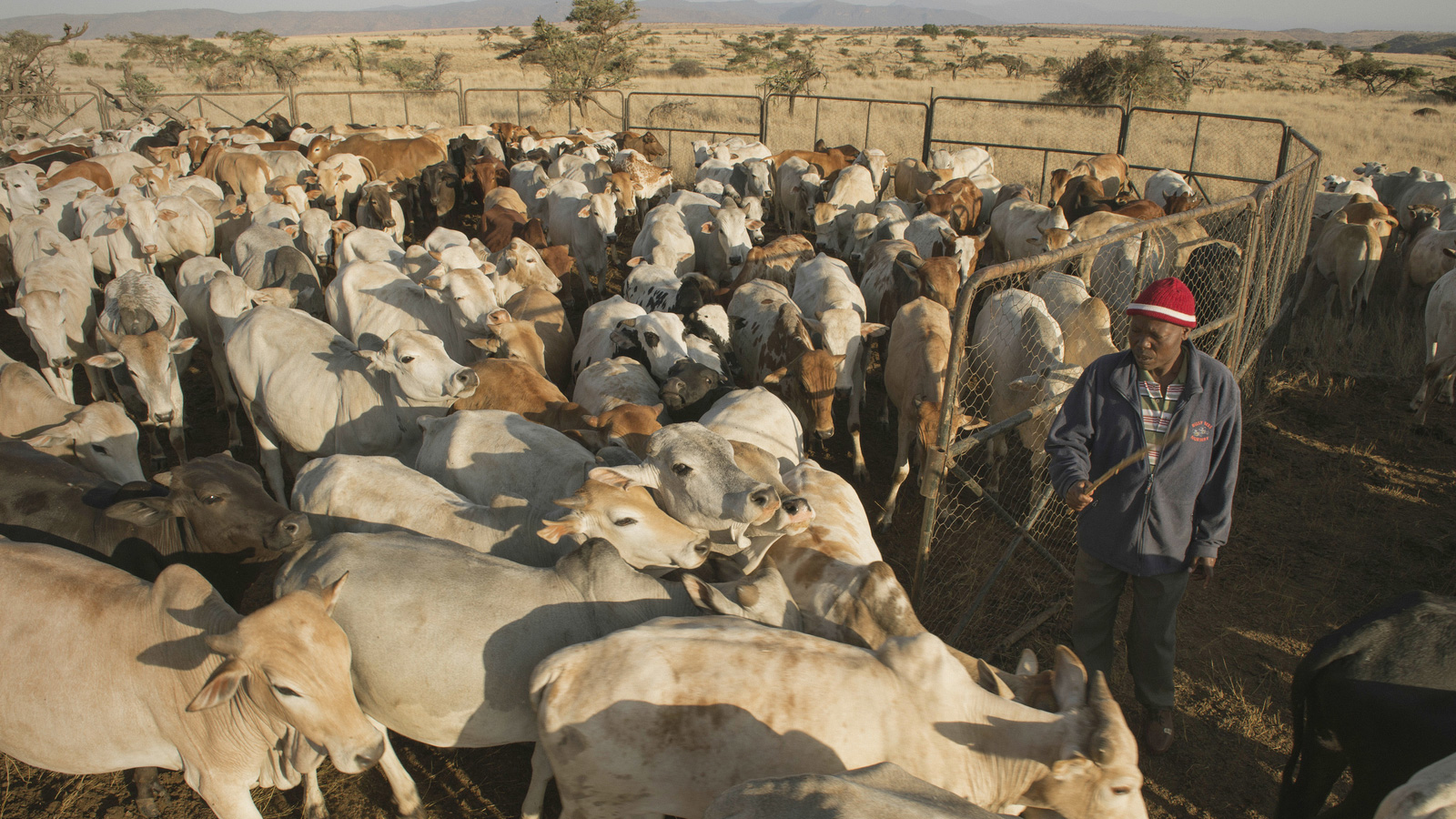
“Yes, there are organized bands involved in elephant poaching, but the person pulling the trigger is from the local community,” says Brown. “That is always the case. Always, always, always. Community members know who the poachers are. There needs to be an incentive so that it is worth it for those communities to keep elephants alive.”
Northern Rangelands Trust (NRT), a long-time partner of The Nature Conservancy, has been a leader in creating incentives for local communities. NRT has successfully established 27 community-led conservancies in northern Kenya. Each is governed by a council of elders that makes decisions about land management and investments in communities including clinics, schools and ecotourism facilities.
The main land use in the area is livestock grazing, and cattle and wildlife have grazed side by side for millennia. But recent population growth and climate change have stressed grasslands, and threaten to further human-wildlife conflict.
For four years, an effort led by The Nature Conservancy and partners has supported a Livestock to Market program which purchases cattle directly from the community and pays incentives for the sustainable management of grasslands. The program buys 10,000 cows per year from 19 conservancies, influencing the management of 1.2 million acres of land.
“The rangeland health is improving and becoming more resilient to climate change over time,” says Mike Harrison, chief executive officer of Northern Rangelands Trust. “We are building a system that will create more grass for livestock and wildlife. The community benefits from sustainably managed grasslands.”

Conservationists have worked with communities to create other sources of income, including an artisanal industry in beadwork. NRT’s BeadWORKS program is providing 1,000 women access to markets and has generated more than $120,000 for local communities.
Communities Benefit, Elephants Benefit
Incomes for pastoralists have increased, providing a clear benefit for people from conservation. Recent reports show that this also translates into reduced poaching of elephants.
Conservationists often track poaching through a figure called the proportion of illegally killed elephants (PIKE). Basically, it is the percentage of poached elephants among all dead elephants found. Scientists consider this one of the most accurate ways of tracking poaching increases. Since 2006, PIKE numbers across the elephant’s range have spiked sharply.
On northern Kenya’s community conservancies, though, PIKE numbers have declined more than 40 percent since 2012. Northern Rangelands Trust reported an overall 35 percent decline in the number of poached elephants. These declines are greater on community conservancy lands than outside areas.
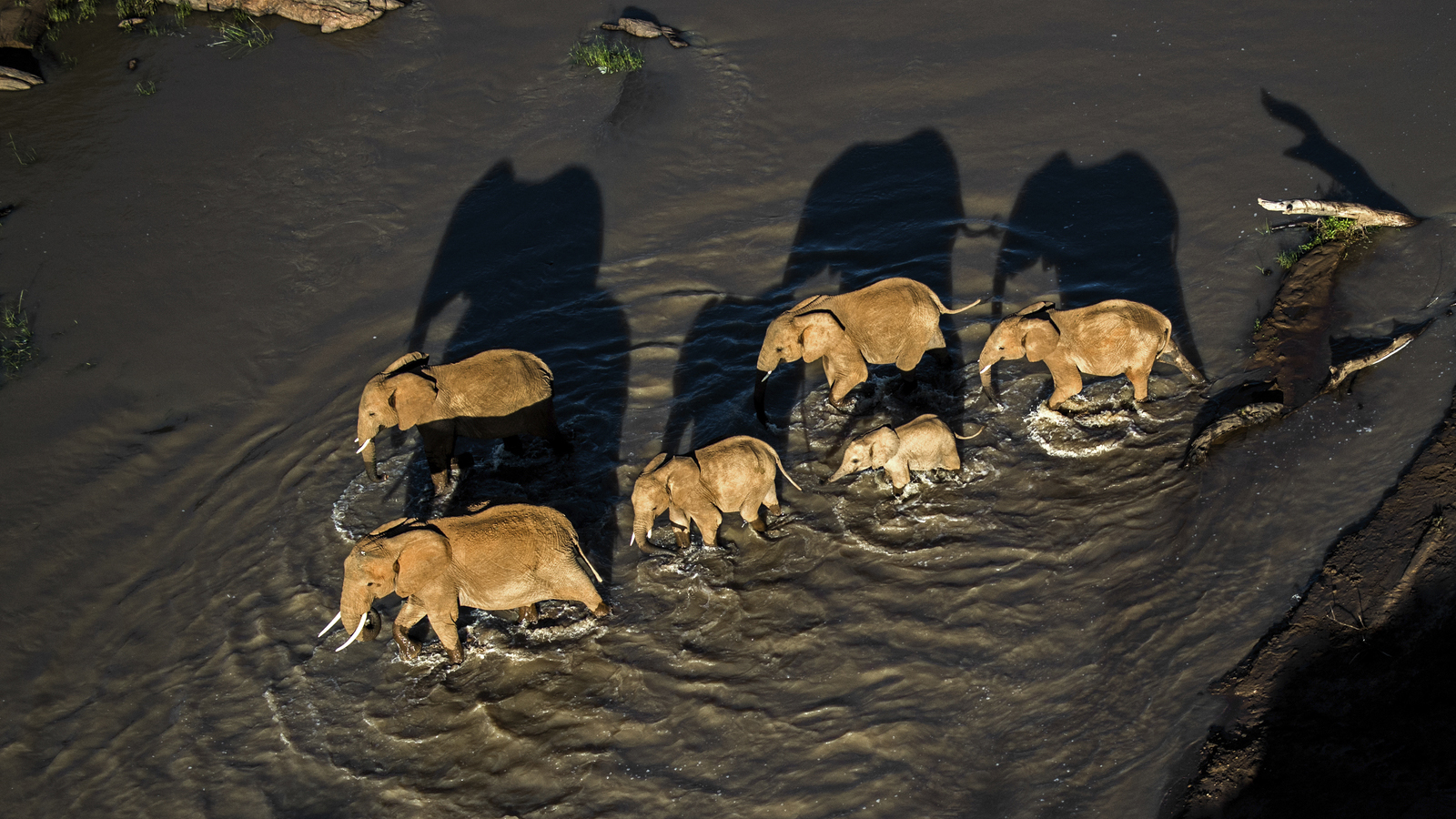
While this is fantastic news for conservationists, Brown cautions that community-led conservancies alone are not the sole answer.
“That would be too simplistic,” he says. “Enforcement of laws is not the only answer, but it is still important. Addressing the ivory trade and ivory buyers is important. But the decrease in elephant poaching shows that we also need communities to adequately address the poaching issue.”
And there is more to this story: these community-based conservancies don’t just result in lower incidences of elephant poaching, they also make elephants less stressed. Yes, you read that right. Community conservation is like the elephant version of yoga.
The Low-Stress Pachyderm Lifestyle
Save the Elephants, a Conservancy partner in northern Kenya, placed radio collars on 25 elephants that used Northern Rangeland Trust lands. They tracked the elephants’ movements on conservancy lands, wildlife corridors and outside areas.
Researchers found that they were able to track not only how elephants used these lands, but also how the elephants behaved.
According to a report by Save the Elephants, the animals acted quite differently when they were on community conservancy lands. They relaxed and began moving more slowly. They behaved like stress-free elephants.
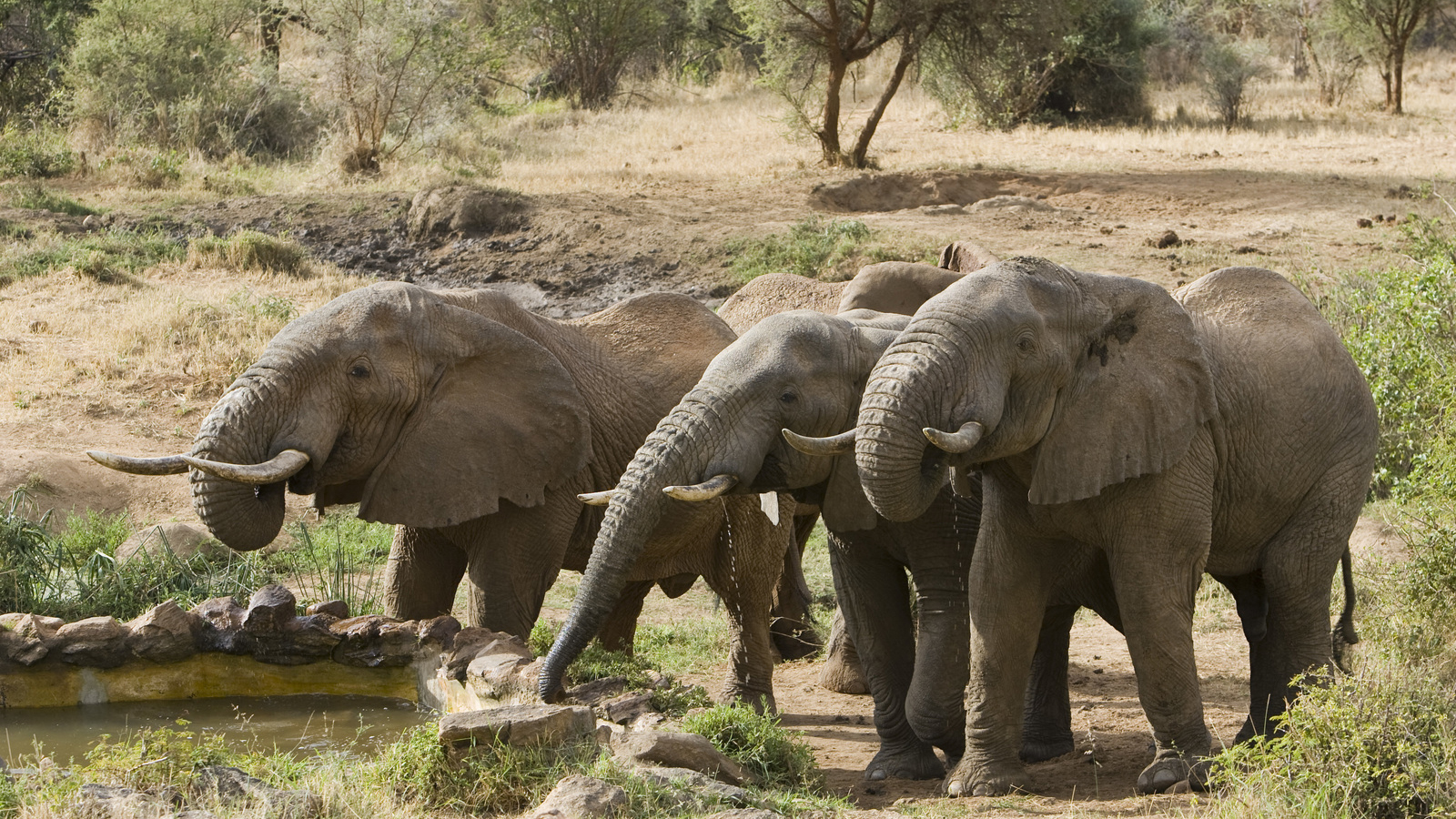
“When they move off conservancy lands, they’re hurried, they’re nervous,” says Brown. “It is fascinating to see elephant behavior responding to changes in management.”
People and wildlife still face challenges in northern Kenya, even on community conservancies. While the poaching rate has declined, elephants are still being poached. People still have to deal with drought and wildlife conflict. But research like this indicates that conservancies offer a hopeful future.
“Community-based conservation has to be comprehensive. It has to affect peoples’ incomes, their healthcare, their education,” says Brown. “But if you can address what the community needs, you can get people invested in conservation. And that can lead to a range of benefits for the community and for wildlife, as these recent reports demonstrate so well.”
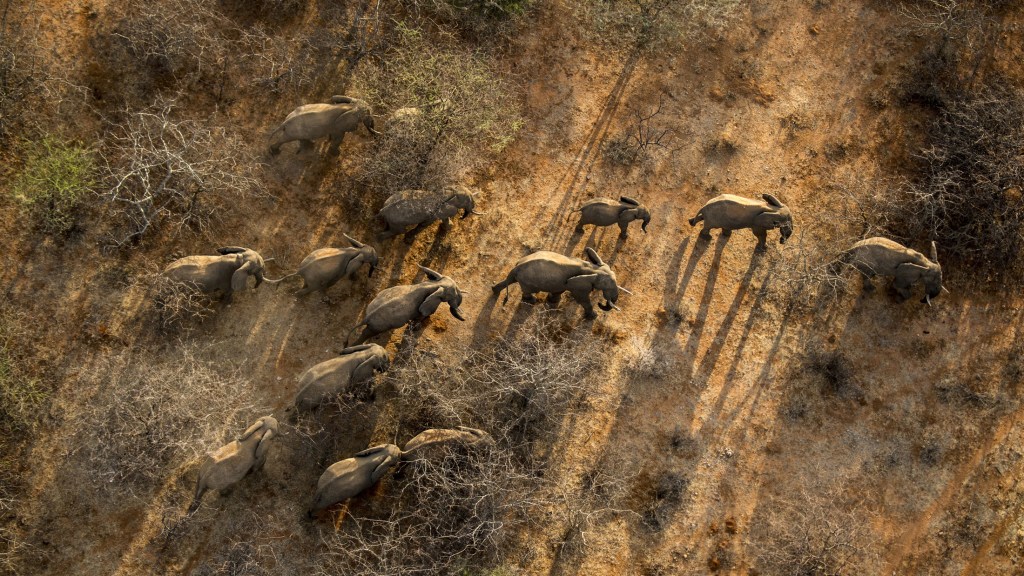
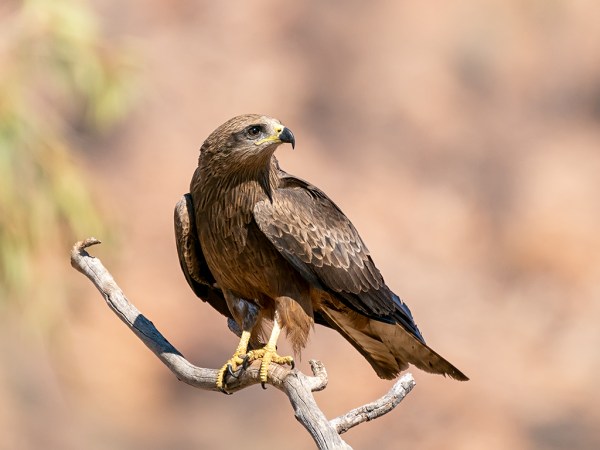


We need a combined effort to save our elephants.
Lets join our efforts to save elephants in the world.
Great idea,Matt
I enjoyed this article – gives me some ‘joy and hope’ for these beautiful creatures that God put on our earth. I actually foster young, abandoned elephants who may have lost their mothers through poaching through the David Sheldrick Wildlife Trust – I have a ‘herd’ now
Thanks for sharing this
It is rare, if ever, that conservation organizations (any organization) discusses human population growth.
While I am happy to hear of some successes with community conservation and rising income, is there any family planning education, birth control, and education on lower human populations being offered to various tribes in Africa?
Projections for Africa’s human population growth this century is alarming, and without deep investment in family planning and education and birth control, the conflicts with wildlife, just the lack of space for wildlife, will intensify.
As a lifelong environmentalist and worker rights supporter for 45 years, I have been frustrated with the steady decline of wildlife worldwide, the rising numbers of underpaid workers, wars, and resource theft, and the ignored link with those problems to the never ending rise of human population numbers.
The U.S. is over-populated since it consumes 5x more per person than an average citizen of the world, so the U.S. consumes as if it is a nation of 1.6 Billion. So, yes, the U.S., Europe, and most developed countries also need to reduce human population, but Africa is exploding in numbers and will want to consume more resources, as will India, China, MidEast, and Indonesia, all regions of the world that have huge populations and growing.
Why do environmental groups and worker rights groups ignore the painfully obvious (causal) connection between over-population, resource and wildlife depletion, and worker abuses?
Hi Julie,
Thank you for your comment. I agree with you 100%.
In 2 projects in Tanzania, we (TNC) have partnered with Pathfinder International, a reproductive health organization, to intentionally address the source of all pressure – human population growth. Pathfinder is improving peoples choice and helping them have the healthy family they desire by assisting with spacing of children and access to reproductive health information, services and supplies.
In Kenya, there are NGOs and government departments addressing this as well. We are seeing the Community Wildlife Conservancies as strong institutions that enable these other services (like reproductive health and education) to be delivered. Previously there was no ‘entry point’ to these people living across the landscape. The conservancy provides structure and organization – and so critical development services are now able to have more impact.